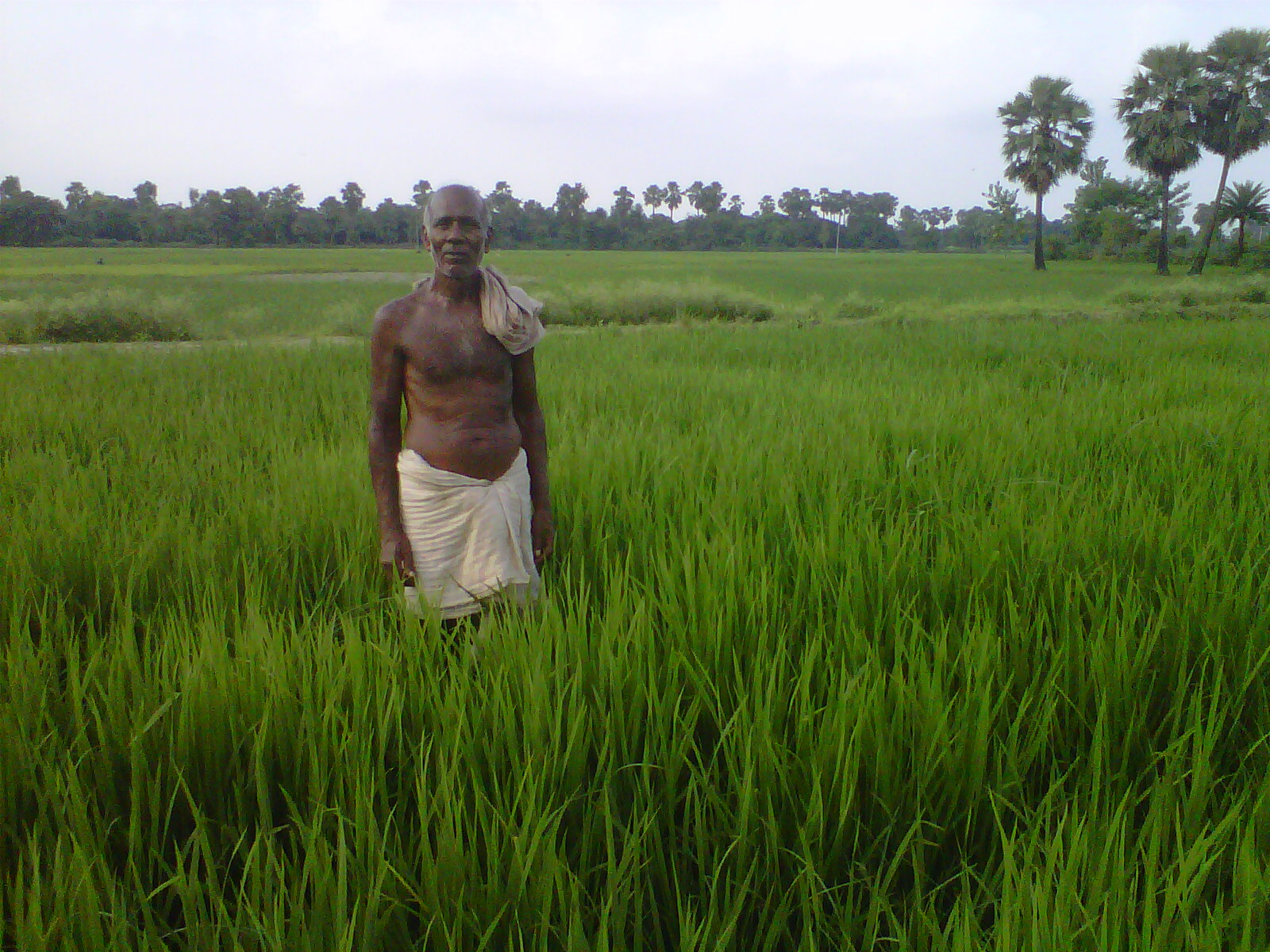Sustainability of rice production in the Northwestern Indo-Gangetic Plains
- From
-
Published on
16.12.22
- Impact Area
-
Funders
India, United States of America

Rice is a vital crop for India, contributing around 30 percent of calories consumed in the country and providing a crucial source of income from exports. However, due to climate change and conversion of land for other uses, rice growing area in India is projected to decline by 6-7 million hectares (ha) by 2050, while production must increase by 1.1% annually over the next four decades to achieve rice self-sufficiency for the country.
As there is limited opportunity to horizontal expansion of cultivable land, the predicted increase in demand must be met through increasing rice yields in regions with low yields and maintaining existing yields in high-yielding areas. This must be achieved using sustainable farming practices: currently, 90 percent of total greenhouse gas (GHG) emissions of monsoon season cropped cereals in India is caused by rice cultivation, as is 80 percent of the energy and water used in agriculture.
Scientists found that in the Northwestern Indo-Gangetic Plains (IGP) of India, yield gaps were small (ca. 2.7 t ha−1, or 20% of potential yield) mainly because of intensive production system with high input use. Using management data from 4,107 individual farmer fields, the study highlighted scope to reduce nitrogen (N) inputs without compromising yields in this intensive production system.
Findings show evidence of and methodology for the quantification of yield gaps and approaches that can improve resource-use efficiency, providing a possible alternative approach that could be reproduced elsewhere for other crops and contexts. It is recommended that future research focuses on ways to reduce other production inputs without compromising the yields in such intensive production systems.
This paper is the result of Harishankar Nayak’s PhD training in collaboration with the Indian Council of Agricultural Research (ICAR) jointly supervised by the researchers at the Indian Agricultural Research Institute (IARI) and International Maize and Wheat Improvement Center (CIMMYT).
Cover photo: A farmer stands in his rice field at a Climate-Smart Village in the Vaishali district of Bihar, India, as part of the CGIAR Research Program on Climate Change, Agriculture and Food Security (CCAFS). (Photo: DK Singh/CIMMYT)
Related news
-

CGIAR Climate Security team pilots a new research approach for the development of Nature-based Solutions in fragile settings
Ibukun Taiwo27.11.25-
Climate adaptation & mitigation
Responding to complex crises requires new systemic research approaches that help identify entry poin…
Read more -
-

Drones prove their worth in measuring livestock methane in Africa
International Livestock Research Institute (ILRI)26.11.25-
Mitigation
In May 2024, the International Livestock Research Institute (ILRI) and partners shared news of the…
Read more -
-

Pioneer adaptation farmers inspire adoption of climate-smart innovations in Bomet County, Kenya
International Livestock Research Institute (ILRI)24.11.25-
Adaptation
In Bomet County, Kenya, where agricultural traditions run deep, two families and their farms are…
Read more -
